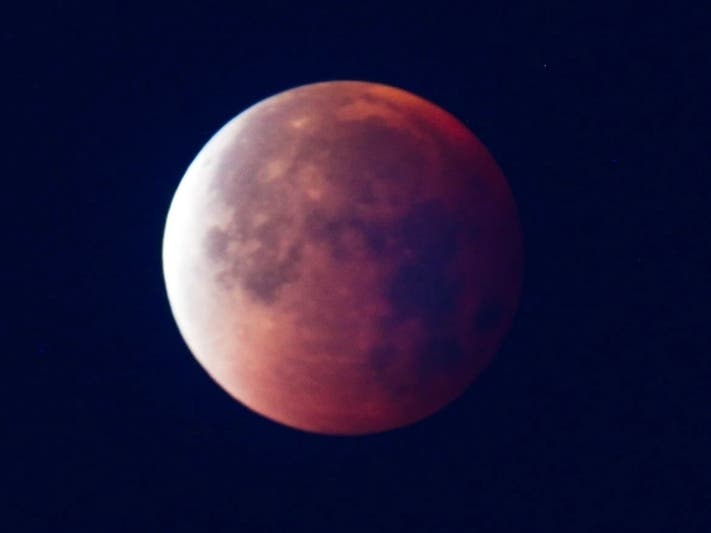Weather
March Full Worm Supermoon: When To See It In NoVA, DC
March's full worm moon is the second of four consecutive supermoons in 2020. Here's when to look for it over NoVA and DC skies.

WASHINGTON, DC — March’s full worm moon is the second of four consecutive supermoons in 2020 and will shine most brightly over northern Virginia on Monday evening, weather permitting.
The National Weather Service forecast for the Washington, D.C., region calls for mostly clear skies Sunday night, but increasing clouds on Monday night.
Our planet’s natural satellite reaches peak fullness during daylight hours, at 1:48 p.m. Eastern Daylight Time on Monday, but will be spectacular when it rises above the horizon around sunset that evening.
Find out what's happening in Viennawith free, real-time updates from Patch.
A supermoon occurs when the moon's closest approach to Earth — scientifically, when the moon is at perigee — in its monthly elliptical orbit coincides with a full moon. It isn't actually any bigger, though it appears to be up to 30 percent brighter and 14 percent larger.
A full moon is this: A full moon is the lunar phase when the Earth is exactly 180 degrees opposite the sun and appears fully illuminated from our perspective on Earth.
Find out what's happening in Viennawith free, real-time updates from Patch.
Early Native Americans were quite literal when they dubbed the March full moon as the worm moon. It’s the time of year when earthworms begin working their way out of newly thawed ground and signaled the arrival of the growing season. It may also be a good reminder to modern-day gardeners that it’s time to start planning your vegetable garden and even starting some plants inside, according to The Old Farmer’s Almanac.
That’s reason enough for giddiness among people eager to get their hands in the dirt, but the March supermoon will also be a delight to gaze upon.
_____________
Related: 2020 Patch Guide To Meteor Showers, Celestial Events
_____________
You’re likely to see some websites that say the March full worm moon is the first supermoon of the year. Astronomers and astrologists disagreed on whether the February full moon was a supermoon. Space.com settles the dispute by calling it “kind of a supermoon.”
While various experts may agree to disagree, March’s full supermoon status is widely recognized. There’s also general agreement that April and May full moons qualify as supermoons.
The supermoon effect is an illusion, or trick of the eye. The moon can make for slightly stronger tides, and they’ll look super under the light of a silvery moon, but that happens with every full moon.
One other thing to look forward to in April, besides the supermoon, is the beginning of spring and summer meteor showers.
The Lyrid meteor shower runs April 16-25, peaking on the 22nd and 23rd. It’s not the best of the year, reliably producing only around 20 meteors an hour, but enough have bright dust trails that it’s worth searching for them in the early morning sky. A relatively new moon will make for dark skies and ideal viewing conditions.
Get more local news delivered straight to your inbox. Sign up for free Patch newsletters and alerts.